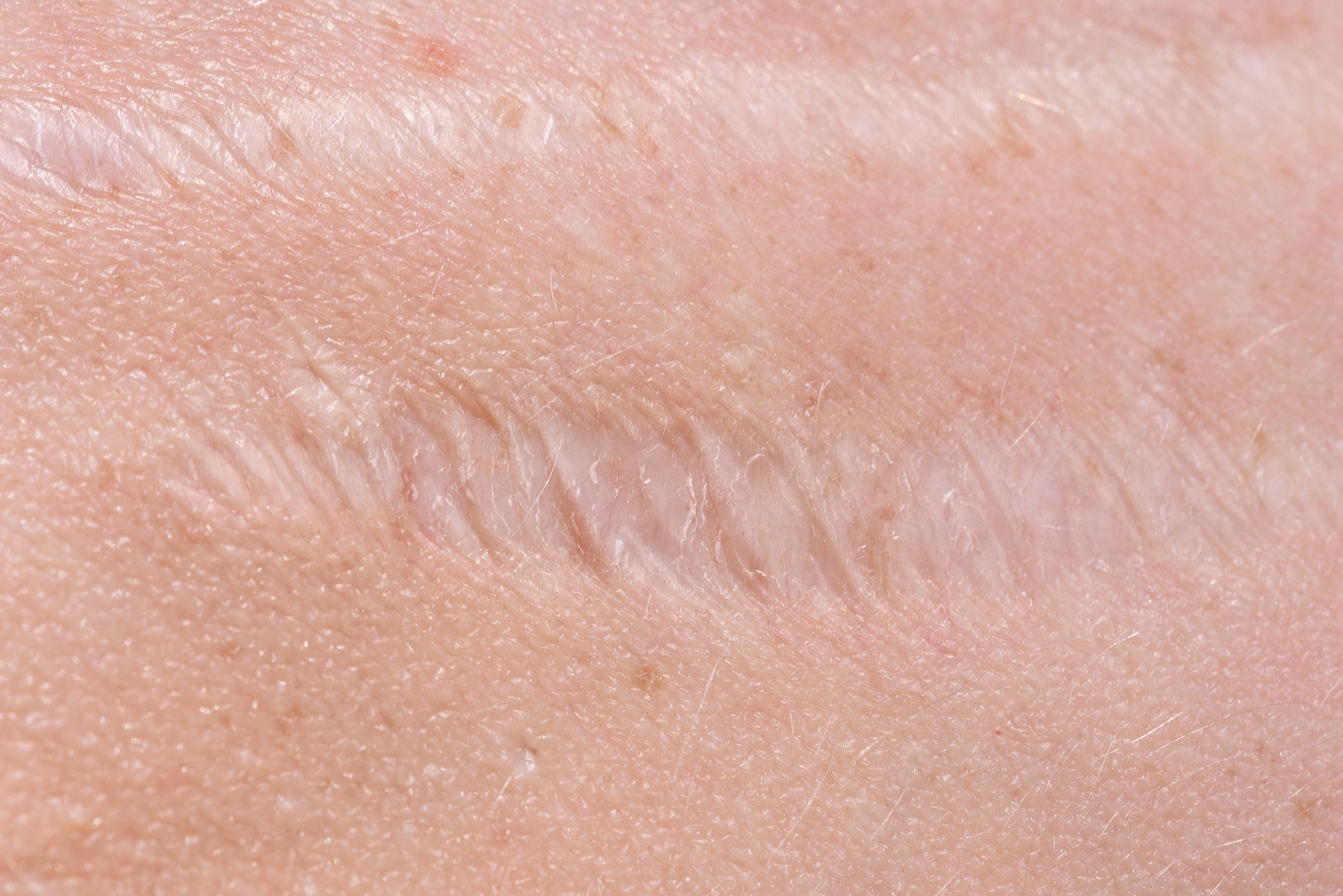
The reality of undergoing a reduction mammaplasty is inextricably linked to the visual consequence of scarring, a necessary trade-off for the physical relief and aesthetic change achieved. Patients considering this surgery must navigate a spectrum of potential scar patterns, recognizing that the final outcome is a product of surgical design, individual biology, and diligent post-operative care, not a predetermined, universally subtle result. The expectation should be less about eliminating marks and more about understanding their placement, their inevitable evolution over time, and the techniques available to encourage their best possible appearance.
The extent and location of scarring depend on the surgical method employed
The configuration of the resulting scars is primarily dictated by the surgical technique chosen, which itself is based on the initial breast size, the amount of tissue targeted for removal, and the degree of necessary nipple-areola complex (NAC) repositioning. For patients requiring a moderate volume reduction and lift, the vertical technique, often described as the “lollipop,” is frequently utilized. This approach involves a circular incision around the areola and a single vertical line extending down to the inframammary fold, resulting in a scar shaped like a lollipop. This technique is often favored to maintain the natural breast shape with minimal scarring compared to the more extensive pattern. In contrast, for larger reductions and significant reshaping, the “inverted T” or “anchor” pattern is the standard, giving the surgeon the necessary access and control to effectively manage and remove the excess skin and glandular tissue.
An incision is made around the areola, then followed by a vertical incision from the bottom of the areola to the inframammary fold, and a further horizontal incision along the inframammary fold, in an ‘anchor’ shape
The anchor technique is characterized by three distinct incision lines: one encircling the areola, a vertical incision running from the areola’s lower edge to the crease beneath the breast, and a third, horizontal incision that runs along that natural inframammary fold. An incision is made around the areola, then followed by a vertical incision from the bottom of the areola to the inframammary fold, and a further horizontal incision along the inframammary fold, in an ‘anchor’ shape. 1This pattern allows for the most substantial reshaping and tissue removal, particularly crucial when addressing significant breast size and pronounced ptosis, but inherently results in the greatest total length of scarring. While the vertical scar tends to be the most visible in the early stages, the horizontal scar is strategically placed to hide within the natural crease, making it less conspicuous when the patient is standing upright. Understanding this placement is critical to managing expectations regarding the long-term aesthetic outcome.
Scars are initially raised after surgery, and it is also at this time that you should expect them to begin to flatten and begin to appear flush with your natural skin level
Immediately following the procedure, the incision lines will be dark red or pink, noticeably raised, and sometimes accompanied by bruising and swelling, which is a normal aspect of the initial trauma and healing. Over the first few weeks, the sutures dissolve or are removed, and the incision lines close fully. It is crucial during this phase to maintain the integrity of the incisions as directed by the surgeon, avoiding any undue tension or trauma. Scars are initially raised after surgery, and it is also at this time that you should expect them to begin to flatten and begin to appear flush with your natural skin level. The scar maturation process is lengthy and nonlinear; scars will often appear worse before they start to improve significantly. They may be firm and feel ropy for several months as collagen production accelerates, which is the body’s natural mechanism for repairing the wound.
The ultimate changes you see can take several months to a year
The progression from a vivid, new scar to a faded, mature one is a slow, methodical biological undertaking that demands significant patience. The initial inflammation and redness typically begin to subside over the first three to six months. During this period, the scar tissue softens and the color gradually lightens from red to pink, or sometimes a light brown, depending on the individual’s skin pigmentation. However, the ultimate changes you see can take several months to a year, with the final maturation often extending well beyond the 12-month mark. At full maturity, which can take up to two years, the scars should be flat, pale, and much closer to the surrounding skin tone. It is important to remember that they will likely never completely disappear; the goal of excellent healing is for them to become thin, flat, and minimally visible marks that blend comfortably into the surrounding skin.
Your genetic makeup can play a significant role in how your scars heal and appear
Individual biology introduces the greatest variability into the scarring equation. Not all scars heal equally, and certain patients are predisposed to developing abnormal scar types. Your genetic makeup can play a significant role in how your scars heal and appear, influencing whether the patient develops a normal, fine-line scar, or a more problematic hypertrophic or keloid scar. Hypertrophic scars are characterized by being red, raised, and firm, but they remain confined within the boundaries of the original incision line. Keloid scars represent a more aggressive form of healing, as they are raised, often have a rubbery texture, and grow beyond the original wound margins, sometimes causing itching or pain. Patients with darker skin tones, a history of keloid formation, or those who experience complications like infection are at a higher risk of developing these more conspicuous scar types.
Hypertrophic scars are an abnormal type of scar you might see after Breast Reduction surgery
Managing these abnormal scars often requires active medical intervention. Hypertrophic scars are an abnormal type of scar you might see after Breast Reduction surgery, and along with keloids, they can be treated with a variety of professional methods. Common treatments include the use of silicone sheeting or gel, which applies continuous hydration and gentle pressure to the area, helping to flatten and soften the raised tissue. For more resistant scars, a surgeon or dermatologist may recommend corticosteroid injections directly into the scar tissue; these steroids work by breaking down the excess collagen bonds that contribute to the scar’s thickness and height. Laser therapy or microneedling are also employed later in the healing process to improve the texture and discoloration of mature scars.
Sun exposure can cause scars to darken and become more noticeable
Post-operative care is not just about wound management; it is a critical, long-term commitment to optimizing the final appearance of the scars. One of the most detrimental factors to scar quality is exposure to ultraviolet (UV) radiation. Sun exposure can cause scars to darken and become more noticeable, leading to hyperpigmentation that can be permanent, contrasting sharply with the surrounding healthy skin. Therefore, for the first year, and ideally longer, the scars must be rigorously protected from the sun. This involves keeping the area covered with clothing or a strong sunblock with a high SPF, even through thin layers of clothing. Additionally, lifestyle choices like smoking can significantly impede the healing process by constricting blood vessels and reducing oxygen flow to the healing tissue, potentially resulting in wider, more visible scars.
Losing weight before the surgery can reduce the possibility of a delayed wound healing process or infection
Beyond the direct manipulation of the scar tissue, a patient’s overall health and nutritional status play an undeniable, supportive role in the quality of the final outcome. Adequate protein intake, essential vitamins, and maintaining proper hydration are biological necessities for efficient wound repair and collagen synthesis. Furthermore, maintaining a stable weight before and after the surgery minimizes tension on the incision lines. Losing weight before the surgery can reduce the possibility of a delayed wound healing process or infection, which are two complications that can severely compromise the aesthetic appearance of the final scars. The overall goal is to create the most stable, biologically optimal environment possible for the surgical incisions to heal with minimal complication.
Massage your scars regularly: Regular scar massage can help break down scar tissue and improve the appearance of scars
Once the incisions are fully closed and cleared by the surgeon, a daily routine of scar massage is often recommended to encourage a better outcome. Massage your scars regularly: Regular scar massage can help break down scar tissue and improve the appearance of scars by increasing blood flow to the area and helping to soften the underlying firmness. Using a gentle, circular, and linear motion with a surgeon-approved cream or oil for several minutes multiple times a day can prevent the scar tissue from adhering to deeper structures. This mechanical manipulation is a non-negotiable step in the long-term management protocol, as it actively contributes to the remodeling phase of the healing cycle, softening the texture and aiding the flattening of the tissue over many months.
You will still certainly have visible scars after this surgery, but with patience and time, they should blend comfortably into your surrounding skin
In the end, the key to navigating the emotional and physical reality of breast reduction scars is adopting a perspective rooted in realism and committed action. No surgeon can promise an invisible scar, and the initial appearance can be discouraging. However, the vast majority of patients find that the significant relief from physical discomfort and the improvement in breast proportionality far outweigh the presence of the marks. The scars are permanent symbols of a beneficial physical transformation. With a dedicated adherence to the post-operative care plan and consistent scar management, you will still certainly have visible scars after this surgery, but with patience and time, they should blend comfortably into your surrounding skin, becoming a subtle part of one’s physical history rather than a dominant feature.
